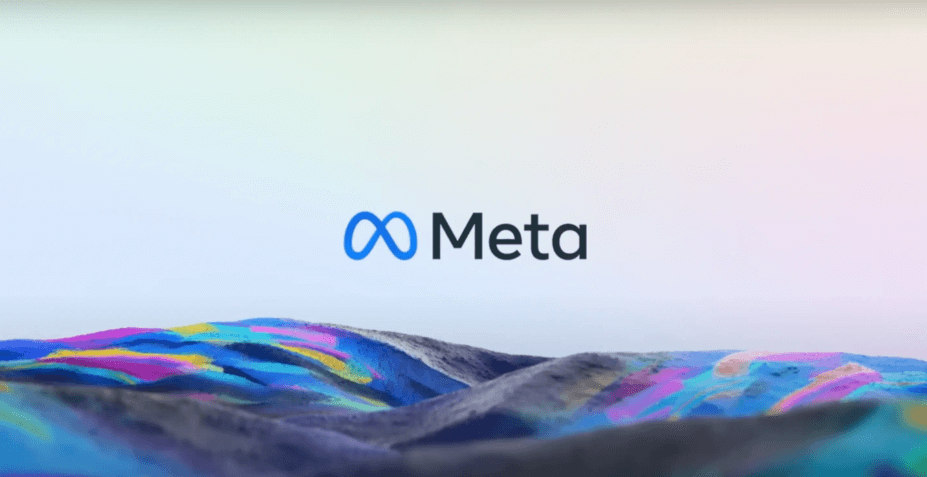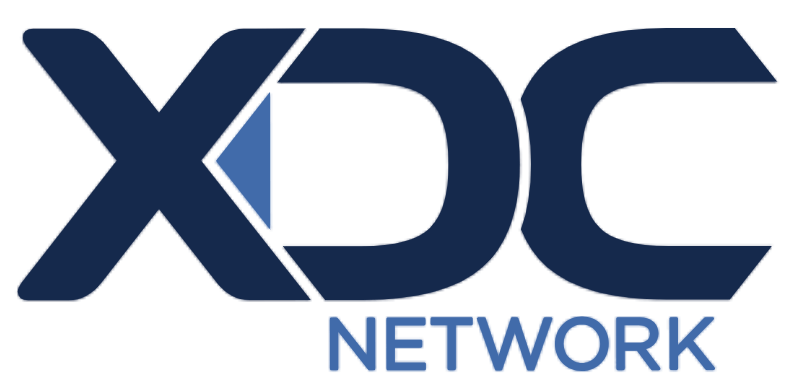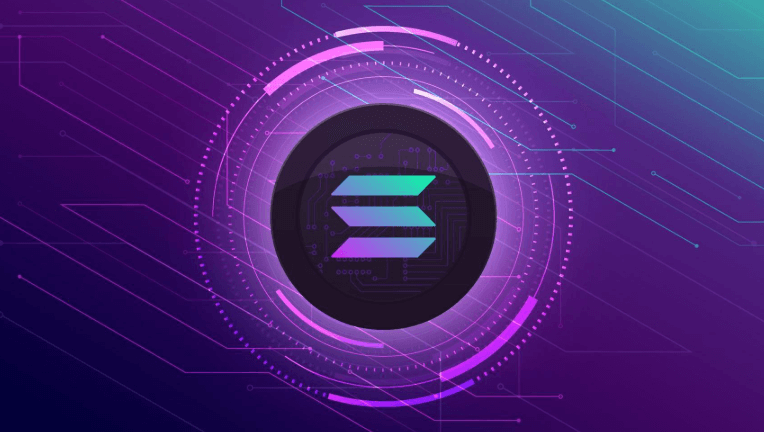Meta, the parent company of Facebook, Instagram, and WhatsApp, is exploring the possibility of integrating stablecoin payments across its platforms. This marks a significant development in Meta’s ongoing efforts to incorporate blockchain technology and cryptocurrencies into its business model. The company has been largely silent on its previous cryptocurrency projects for the past few years, making this move a pivotal one in the ongoing intersection of digital currencies and social media platforms.

Meta’s Strategic Shift Toward Stablecoin Payments
Meta is in discussions with several cryptocurrency infrastructure companies to explore the use of stablecoins for small, cross-border payments to content creators on Instagram. The primary goal is to reduce transaction fees and improve payment efficiency for creators who frequently face high costs and delays in receiving their earnings. The potential integration of stablecoins, such as USDT (Tether) and USDC (USD Coin), could also serve as a way to bridge the gap between traditional financial systems and decentralized financial networks. These stablecoins are seen as more suitable for daily transactions due to their relatively stable value compared to other volatile cryptocurrencies.
With social media platforms now central to the livelihoods of millions of creators worldwide, Meta’s venture into stablecoin payments could significantly enhance the financial ecosystem for content creators, enabling them to receive payments more quickly and securely. The plan would target users in regions where traditional banking services are either limited or inaccessible, offering an easier way to handle payments across borders.
A Return to Cryptocurrencies After Libra and Diem
Meta’s renewed interest in stablecoins comes after its initial foray into the cryptocurrency world with the Libra project, later rebranded as Diem. The original Libra initiative, launched in 2019, was intended to be a global cryptocurrency backed by a basket of assets. However, due to regulatory pushback, particularly from U.S. lawmakers, and concerns over privacy, money laundering, and the potential for disruption of the financial system, the project was ultimately abandoned. Meta sold Diem’s assets in 2022, marking the end of its initial venture into cryptocurrencies.
However, Meta’s renewed focus on stablecoins represents a shift from its earlier, more ambitious plans to launch a global cryptocurrency. Stablecoins, unlike Libra, are pegged to the value of traditional fiat currencies like the U.S. dollar, making them less volatile and more suitable for practical applications in payments. This more pragmatic approach could allow Meta to integrate digital currencies into its platform without the same regulatory concerns that plagued the Libra project.
Benefits for Content Creators and the Global Economy
The integration of stablecoins could bring significant advantages to content creators, particularly those in emerging markets where access to traditional banking services is limited. Stablecoins offer lower transaction fees compared to traditional payment methods, which is crucial for creators who rely on small payments from their audiences and brand partnerships. Additionally, the speed of transactions in blockchain networks is far quicker than traditional payment systems, enabling faster payouts for creators who might otherwise face delays.
Moreover, stablecoin payments could facilitate cross-border transactions, opening up new opportunities for creators to monetize their content globally. In many countries, international transactions are often expensive and slow, but cryptocurrencies, especially stablecoins, can bypass these barriers. This move could also play a role in financial inclusion by offering access to payment services for individuals who are unbanked or underbanked, especially in developing countries.
Legal and Regulatory Hurdles
Despite the potential advantages of stablecoin payments, the integration of such systems into Meta’s platforms is not without its challenges. The regulatory landscape surrounding cryptocurrencies remains uncertain in many parts of the world, and Meta’s decision to explore stablecoin payments could face legal hurdles. Recently, the U.S. Senate blocked key legislation—the GENIUS Act—that aimed to establish a clear regulatory framework for stablecoins, leaving companies like Meta in a regulatory gray area.
As governments worldwide continue to grapple with how to regulate digital assets, Meta will need to navigate a complex legal environment. In particular, the company must ensure that its stablecoin payment system complies with anti-money laundering (AML) and know-your-customer (KYC) regulations. Additionally, Meta may face resistance from governments that are wary of the impact cryptocurrencies might have on their monetary systems.
The Future of Meta’s Stablecoin Plans
While Meta’s plans to integrate stablecoin payments are still in the exploratory stages, the company’s shift toward digital currencies is a reflection of the broader trend of increasing institutional interest in blockchain technology. As more financial institutions and technology companies embrace digital currencies, Meta’s move could be an indication of how large platforms are adapting to the evolving landscape of payments.
Looking ahead, if Meta succeeds in integrating stablecoins into its ecosystem, it could significantly disrupt the payment processing industry. It would also pave the way for other social media and tech giants to follow suit, potentially reshaping the future of online payments, e-commerce, and digital content monetization. However, much will depend on regulatory developments and Meta’s ability to overcome the challenges of implementing such a complex payment system on a global scale.
In conclusion, Meta’s potential integration of stablecoin payments signals a promising future for the use of digital currencies in mainstream platforms. If successful, this move could bring substantial benefits to content creators and expand the global adoption of cryptocurrencies. However, the company will need to navigate legal and regulatory challenges to make this vision a reality.
Disclaimer: This article is for informational purposes only and is not investment advice. Investors should research carefully before making any decisions. We are not responsible for your investment decisions.
















